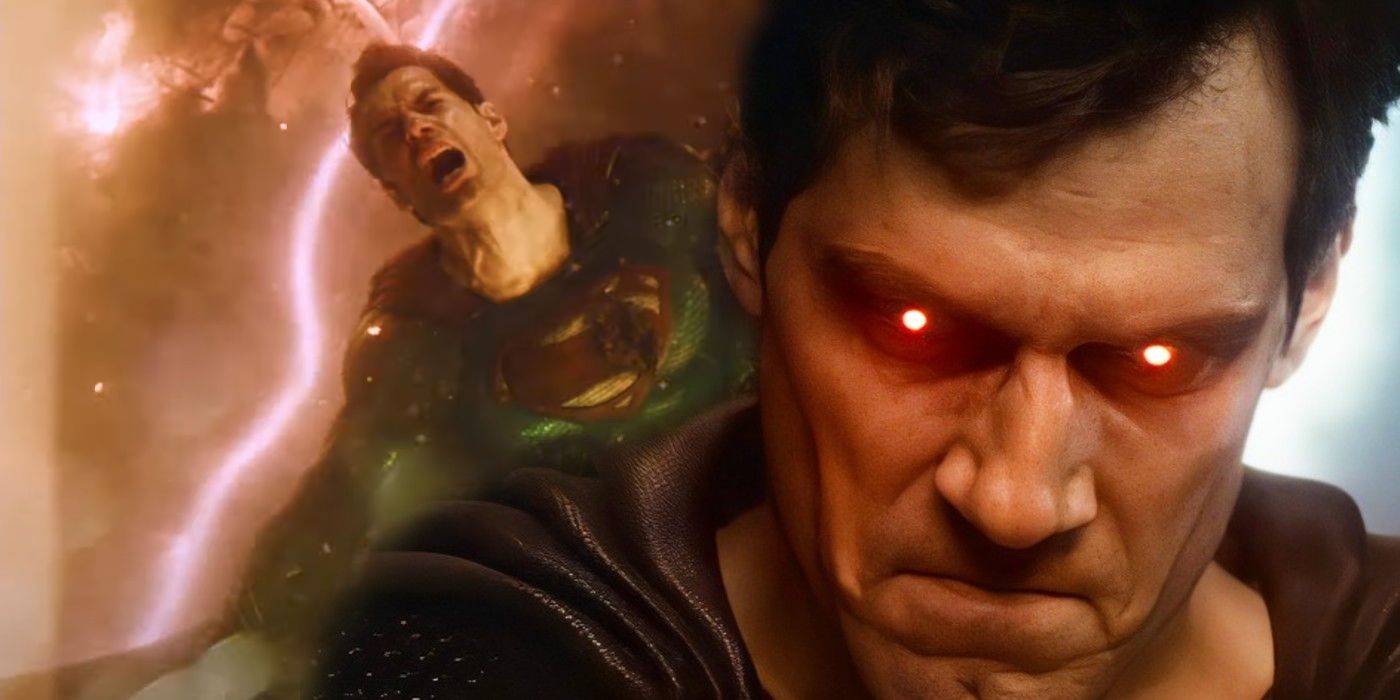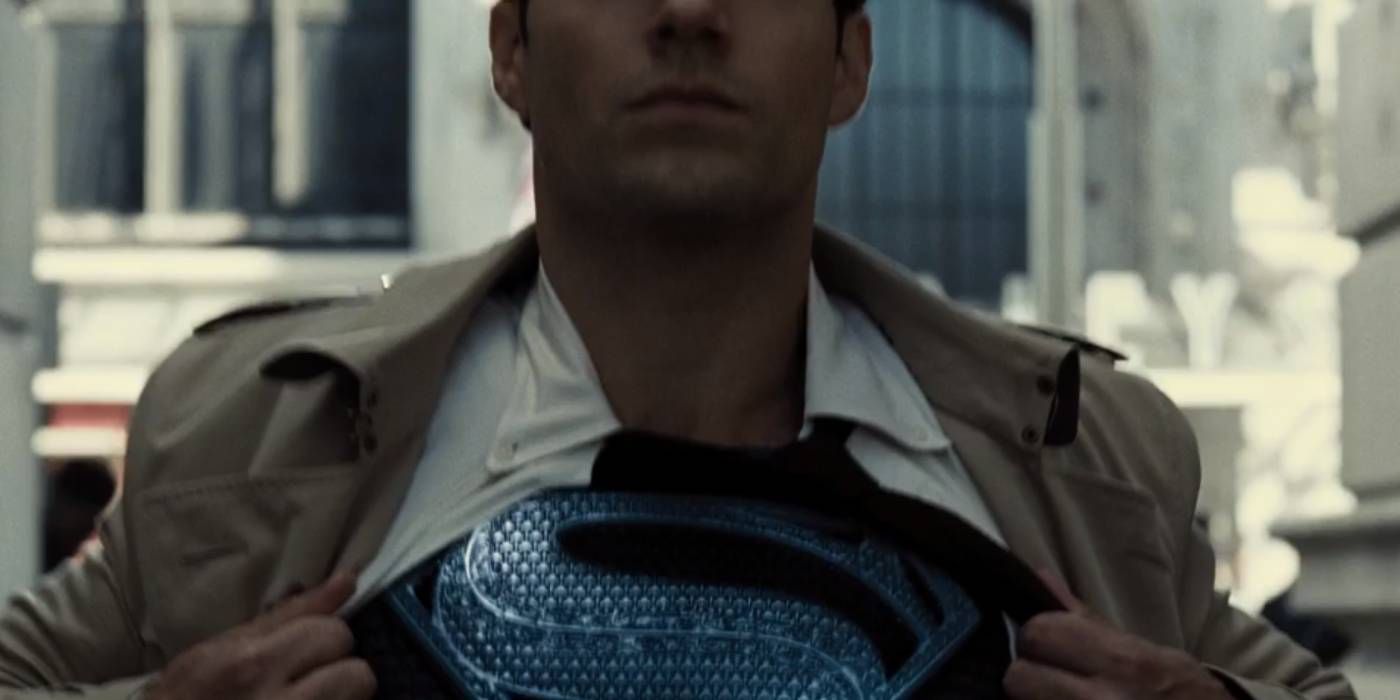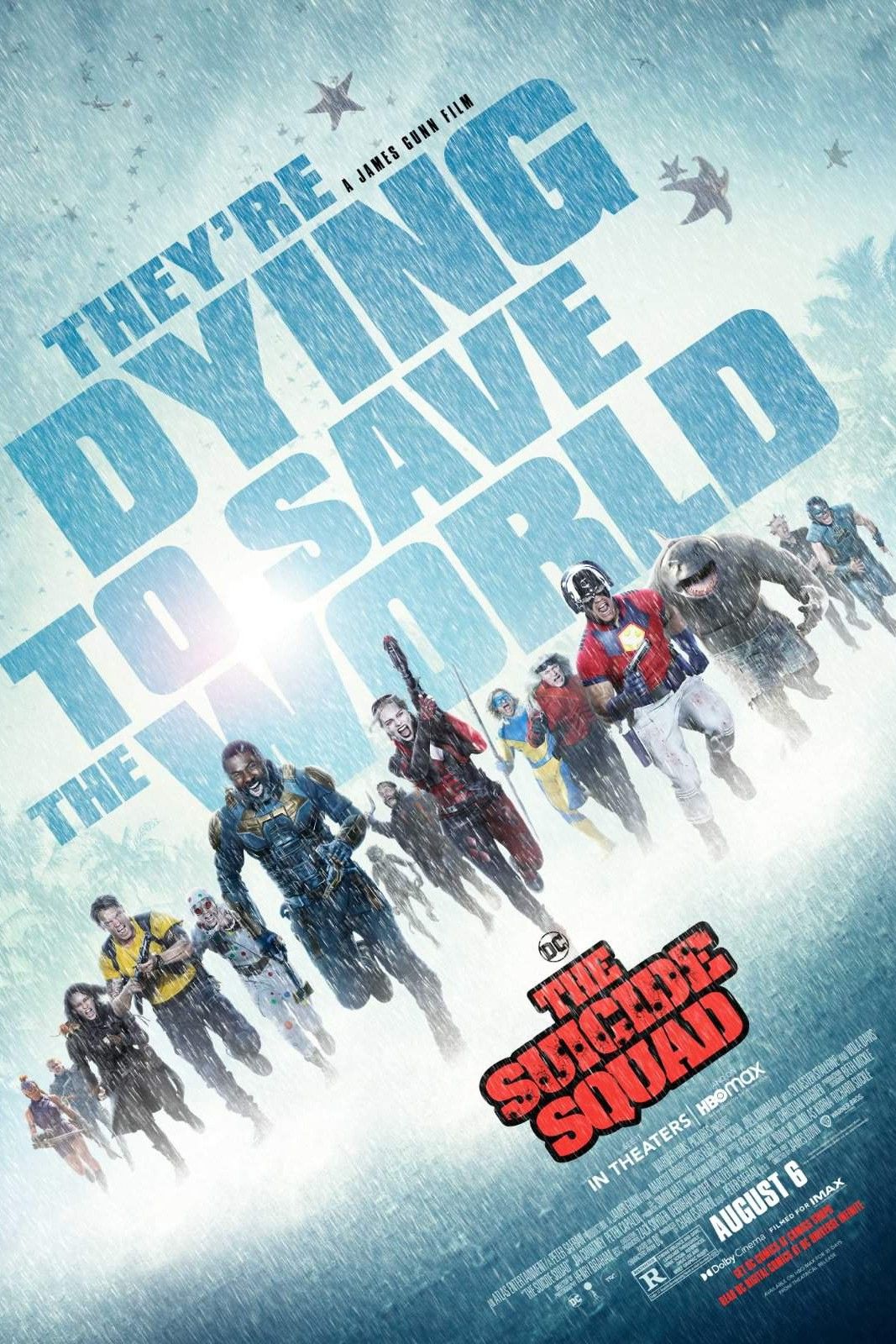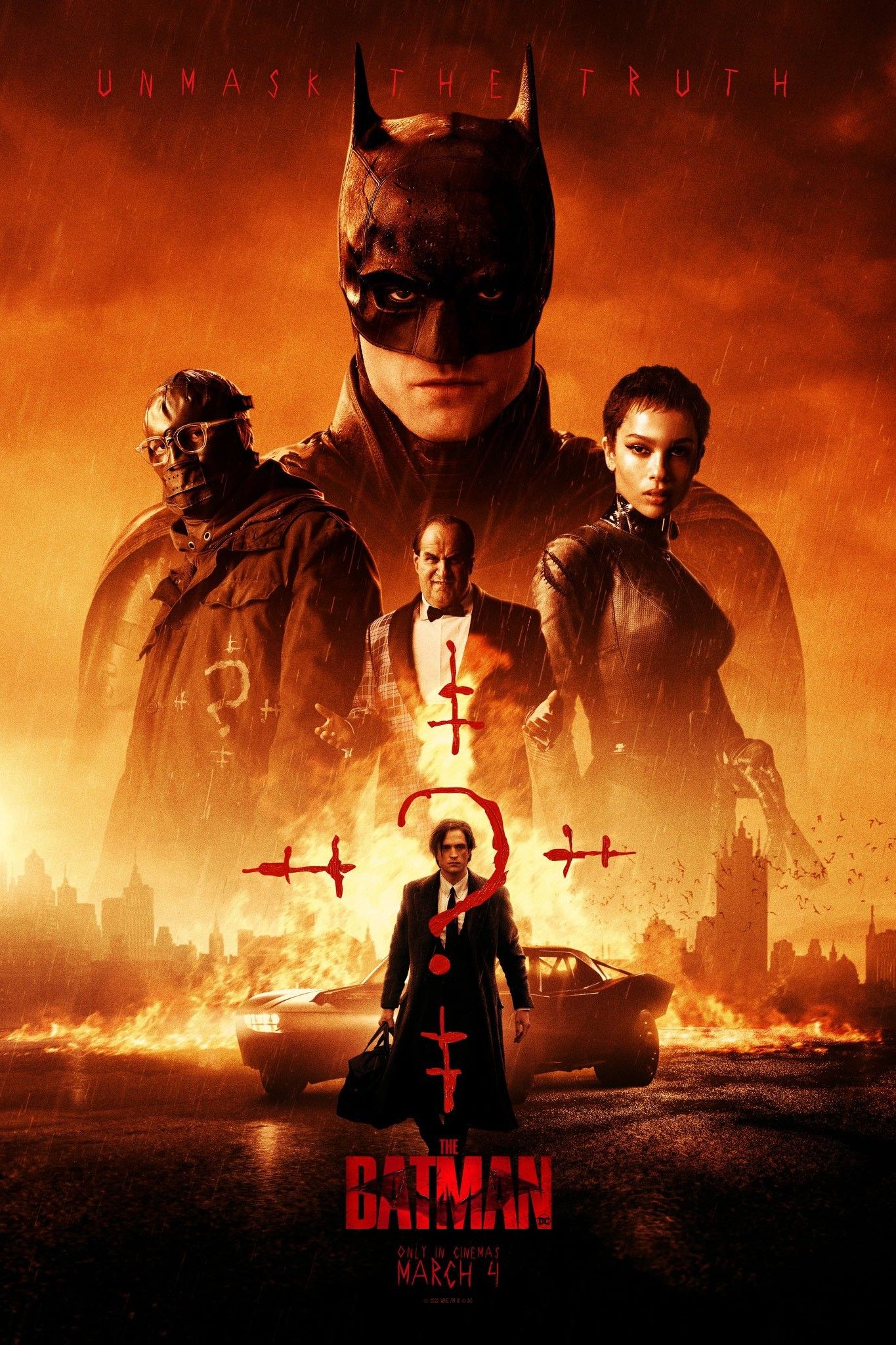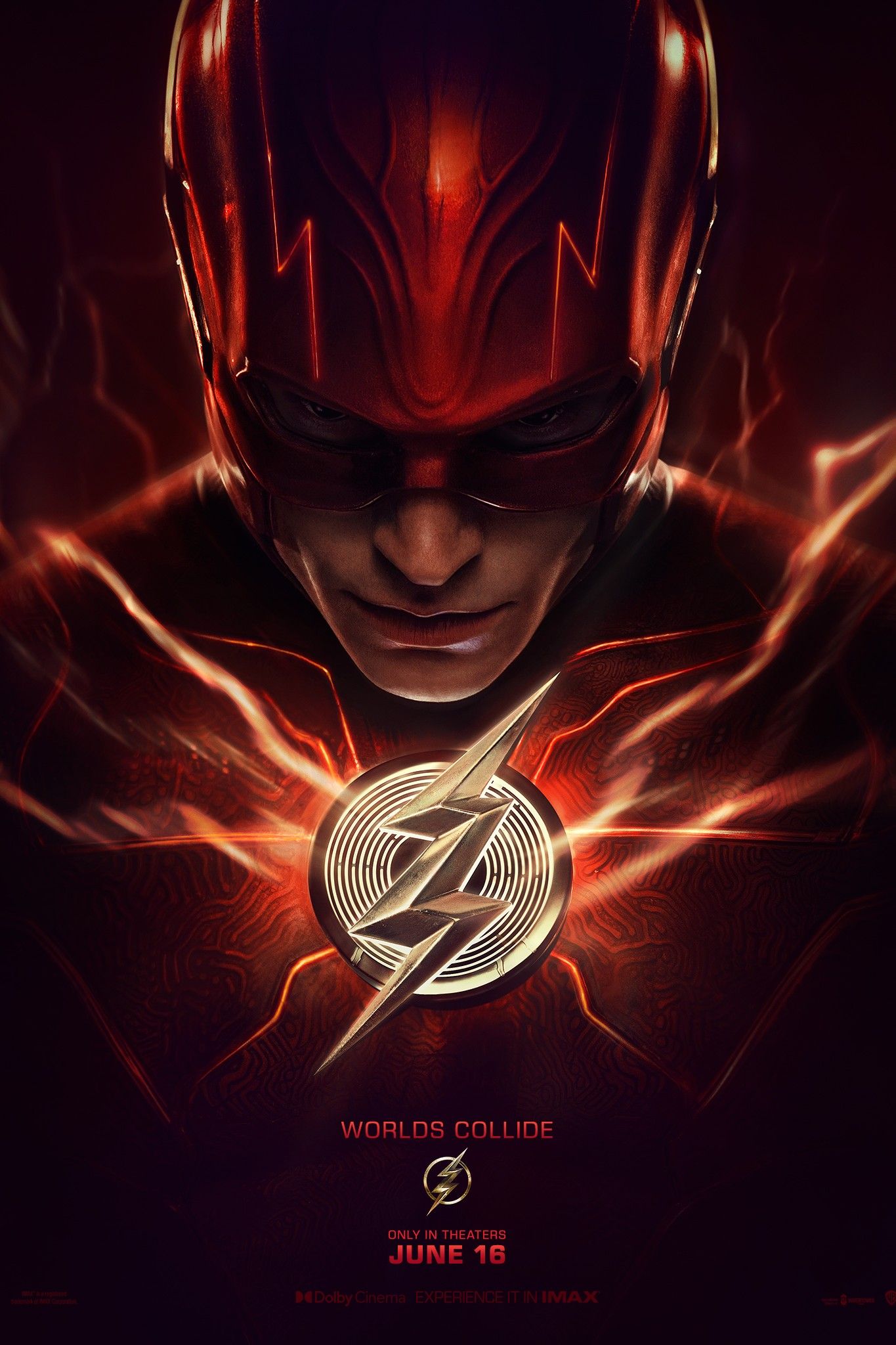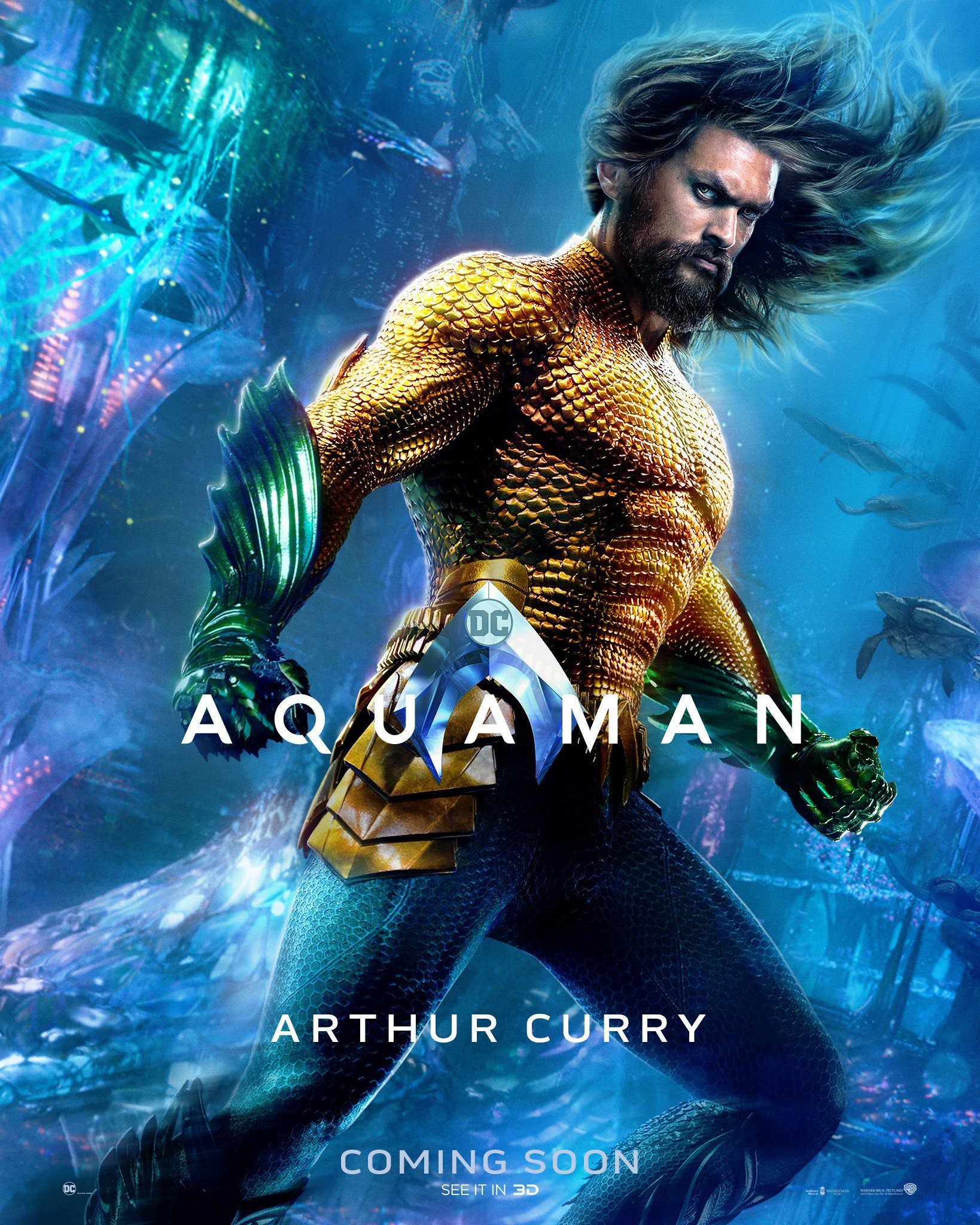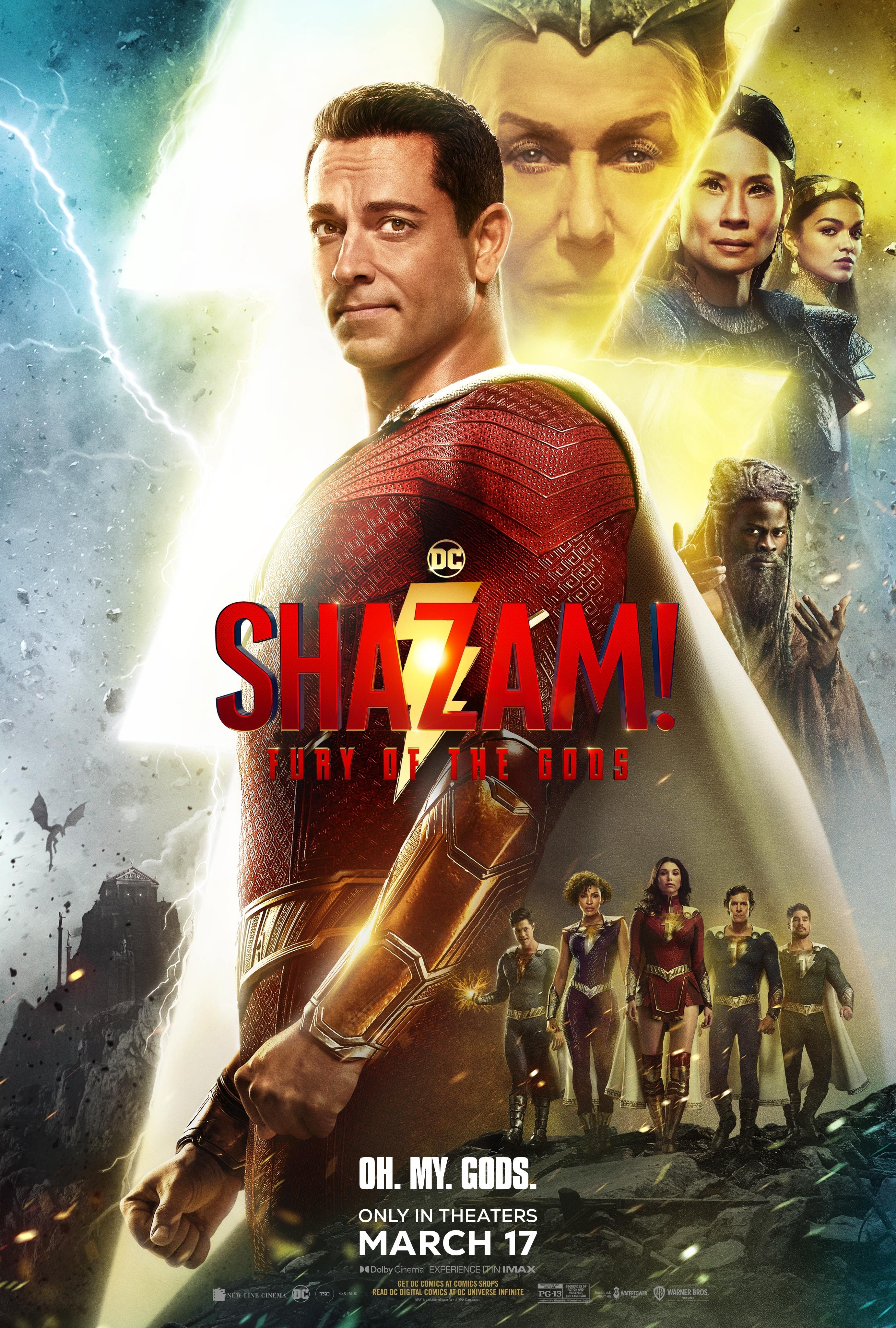Zack Snyder says his four-hour cut of Justice League couldn't possibly encapsulate or explore the story he envisioned for Superman. 2013's Man of Steel establishes Clark Kent/Superman (Henry Cavill) as a Kryptonian who is sent from the heavens (literally) and must find his place among humanity; deciding whether or not to stand out as a symbol and protector. Jonathan Kent not only believes that the world isn’t ready for someone like Clark but sacrifices himself so that his son can remain hidden. When General Zod and his fellow outlaws invade Earth, Superman is forced into revealing himself.
Following Superman’s destructive battle with Zod, Batman v Superman: Dawn of Justice explores the fallout of a god-like figure becoming common knowledge. Provoked by nightmarish visions of an evil Superman, Bruce Wayne/Batman treats the “one percent chance” that Superman will use his power to wipe out the entire human race as an “absolute certainty.” Bruce is ultimately proven to be misguided right before Superman’s demise in the battle with Doomsday. Superman arc and the Synderverse were supposed to be further explored in Snyder’s five-film plan; however, tragedy, studio interference, and what has become known as "Josstice League,” derailed those plans for the DC Extended Universe. The recent release of Snyder’s Justice League on HBO Max has more than revived interest in Superman’s story.
In our interview with Snyder, the director spoke on the fear of Clark revealing himself in Man of Steel and Jonathan’s voice in Justice League telling him, "it’s time." Regarding what’s changed between the two films, Snyder referred to Superman’s sacrifice at the end of Batman v Superman, saying the Superman that rises in Justice League has solidified his place among humanity. He also expresses how more screen time would be necessary to truly explore his story:
He has completed the apprenticeship in humanity, and now has his Master's Degree. To me that's what it is about. I think in the end when you see him, the way I would think about it--and look, frankly there's not enough movie, I know that sounds crazy in context [laughs], to really explore it. But that was always the plan going forward. In the end if there was two more movies, the last movie really is a Superman movie in a lot of ways.
Thanks to the Snyder Cut's length, characters are properly introduced and faithfully fleshed out—something that couldn’t have been done with its theatrical runtime. Superman isn’t in the bulk of the film; his absence (and presence) attributing to its stakes. When Superman does show up, he’s very much a mythical figure who must reconcile his seemingly limitless power with his humanity. Superman's iconic black suit references a post “Death of Superman” storyline from the comics, suggesting his moral journey isn't over. Courtesy of Darkseid, the Anti-Life Equation, and a Knightmare sequence, Snyder's Justice League ends on a cliffhanger.
In both versions of Justice League, Lois Lane helps Superman regain his humanity after being resurrected. As alluded to in the Knightmare epilogue, Snyder’s sequels would’ve focused on Darkseid’s invasion, Lois’ death, and its effect on Superman, who succumbs to the Anti-Life Equation; becoming a serious threat to humanity. In the Apokoliptic future, Bruce, Victor Stone/Cyborg, and Barry Allen/Flash (among others) work together to send the latter through time and warn Bruce so that he can sacrifice himself and save Lois; presumably inspiring Superman to unite/lead the armies of Earth against Darkseid and his forces. Superman, or rather Clark, not only would've reconciled his two worlds but reaffirmed the decision to choose ours. To say any one film isn't “enough movie” to cover this doesn’t do it justice.

